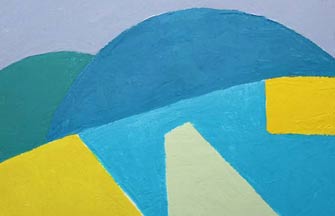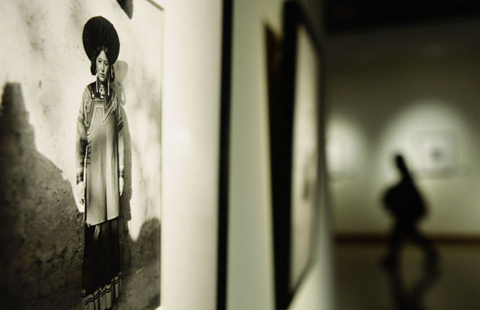Gates of old
By Sun Yuanqing ( China Daily ) Updated: 2013-11-08 08:16:16
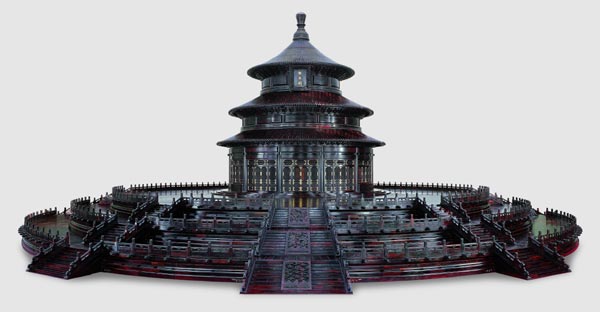 |
|
The sandalwood model of the Temple of Heaven weighs nearly 12 tons and is about one-eighth the size of the original building. Photos Provided to China Daily |
Andingmen, also known as the Gate of Stability, was where the armies once returned from wars. The museum has also finished the model of Deshengmen, the Gate of Triumph, where the troops embarked on expeditions. Deng-shengmen is not on display this time because of limited space.
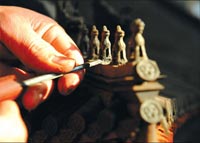 |
All the models are made with mortise-and-tenon work, an essential technique of traditional Chinese architecture, Chen says. Woodworkers around the world have used this simple but strong method to join pieces of wood, particularly when the adjoining pieces connect at an angle of 90 degrees.
Born into a noble Manchu family in Beijing, Chen saw the ancient city walls and gates vanish in the latter half of the 20th century. She has always wanted to restore them to the public consciousness.
"We have to leave our memories about old Beijing for the later generations," Chen says.
Chen chose to re-create these buildings in miniature with red sandalwood, because they can last for thousands of years. It took 10 years to complete the blueprint for the models, a process that involved professional assistance from the Palace Museum and the Beijing Municipal Administration of Cultural Heritage.
The capital city of both the Ming (1368-1644) and Qing (1644-1911) dynasties, Beijing had 20 gates in the walls of the outer city, the inner city and the imperial city. In the 1950s, a debate raged among academics, politicians and historians as to whether these city walls and gates should be kept.
Liang Sicheng, the "Father of Modern Chinese Architecture", was a leading advocate to save them. However, Liang and his fellows failed to persuade the authorities, and the structures were torn down to make way for urban construction in Beijing.
Yan Chongnian, a historian and director of Beijing Manchu Institute, says the models are more than reminders of the old city.
"Because of the special quality of sandalwood and ebony, these models can survive for a very long time so later generations will have the chance to get a glimpse of the old Beijing," he says.
This is also the first cooperation between the National Museum of China and the China Red Sandalwood Museum.
"The molding, the materials and the proportions are all impeccable," says Lu Zhangshen, director of the National Museum of China. The models also display "the beauty of Chinese wooden architecture craftsmanship", he says.
Chen says she plans to finish the rest of the city gates in five years.
"If time allows me, I will continue to make the 72 memorial archways of the old Beijing," she says. "And I would then love to be the doorman for the old city of Beijing."
IF YOU GO
9 am-5 pm, until Dec 29.
National Museum of China, 16 East Chang'an Avenue, Dongcheng district, Beijing.
010-6511-6400.
|
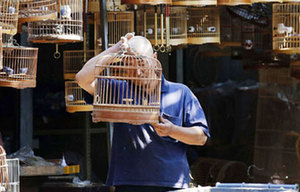 |
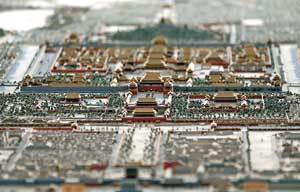 |
|
|
|
|
|
|
|
|

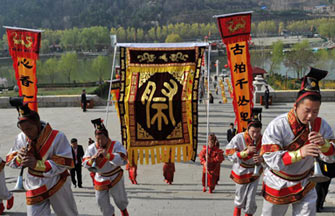
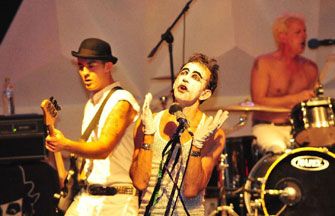
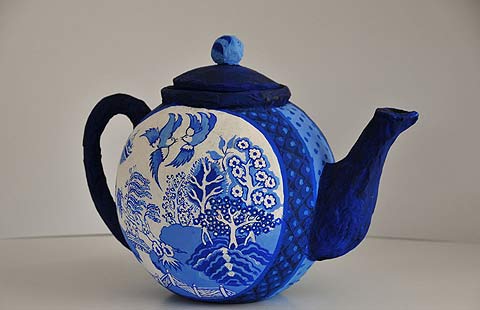


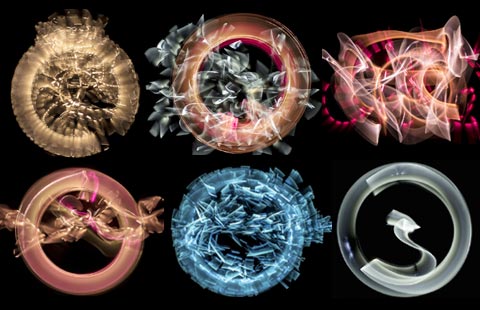











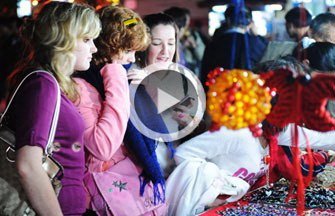
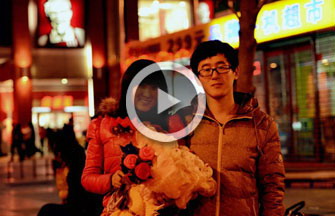
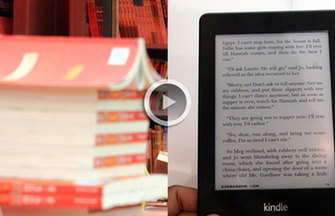
 Raymond Zhou:
Raymond Zhou: Pauline D Loh:
Pauline D Loh: Hot Pot
Hot Pot Eco China
Eco China China Dream
China Dream China Face
China Face
